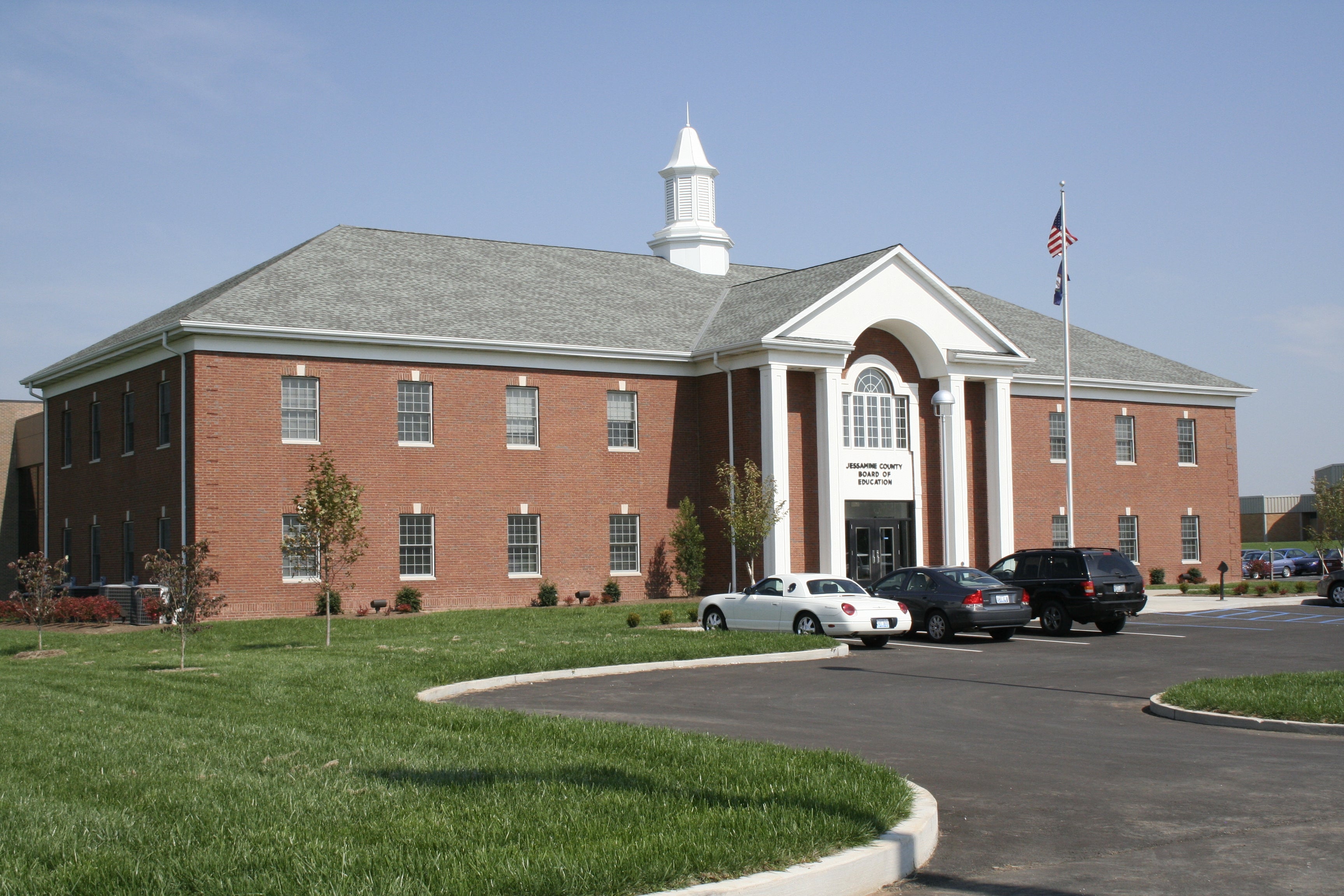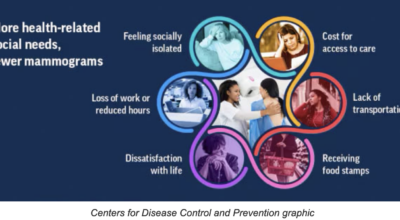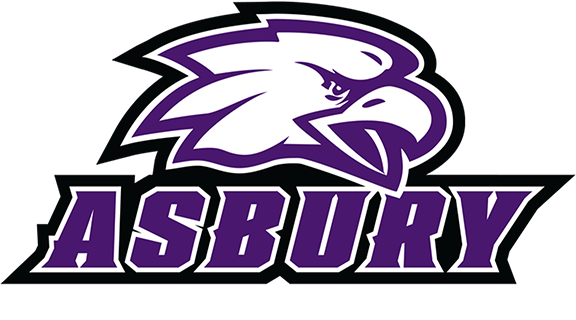JCS accountability scores surpass state average
Published 2:57 pm Thursday, October 11, 2018
From staff reports
The 2018 state assessment results recently released showed Jessamine County’s four- and five-year graduation rates both exceed Kentucky’s rate. The Jessamine four-year rate grew from 90.9 in 2017 to 94.1 in 2018, almost four percent higher than the state’s average.
JCS Superintendent Matt Moore said this substantial improvement is the result of the work of the entire district team.
“One of the first blocks of the foundation of a quality education is laid when a student enters our district, and all of our employees, both certified and classified, from preschool to our high schools, played a part in this gain,” Moore said. “Our entire district family deserves to share in this celebration of our students’ accomplishments.”
Jessamine students scored above the vast majority of their peers across the state in several areas including middle school students scored in the top 25 percent of students statewide in reading, and the top 23 percent in science; high school students scored in the top 31 percent of Kentucky students in science; JCS high school seniors were in the top 38 percent in the state in transition readiness.
For 2018, the evaluation tool for high school reading, math and science changed from end-of-course exams to the ACT, making comparisons to previous years invalid.
However, JCS report the data does demonstrate growth for JCS high schools, as a larger percentage of students scored proficient or distinguished than the state average in science and the percentage of JCS high schoolers scoring novice. The lowest category of performance, which was writing, decreased from 2017.
Moving forward, the district announced it plans to offer additional ACT test preparation programs and multiple opportunities to take the ACT to help students improve their future performance.
Moore lauded these accomplishments and also praised JCS middle schools for their work to prepare students for what comes next in high school.
“Our middle schools outscored many of their counterparts in Kentucky in reading and science, with more students rated as proficient and distinguished than the state average,” Moore said. “The middle schools also had fewer learners scoring novice in math, reading, social studies and science than Kentucky’s average. This is evidence our students are prepared for the next step and to meet the demands of a rigorous high school curriculum.”
The school announced the new accountability system includes measures to determine how well students in certain subpopulations perform and schools with one or more of these demographic groups that are under-performing are categorized by the state as Targeted Support and Intervention (TSI) schools.
The subpopulations include students who qualify for free/reduced meals, English language learners, special education students and certain racial/ethnic groups and are identified as “gap groups.”
Five JCS schools (two elementary, two middle, and one high school) were identified as TSI schools and will receive additional supports from the district, targeted to the gap groups identified as underperforming and according to their specific needs.
Chief Academic Officer Michele Reynolds said the district has already begun to see the impact of programs designed to close these achievement gaps. She said the 2018 results show at the middle school level, the percentage of students qualifying for free/reduced priced meals and those in special education programs who scored in the lowest category, or novice, was reduced from 2017 in reading and math.
At the elementary- and middle school-levels, African-American students’ performance improved from 2017, with a lower percentage scoring novice in reading and math.
Additional initiatives to improve outcomes for the gap groups in the future include a mentoring partnership with the community-based CARE Council and Asbury University designed to assist African-American students; coaching and high-yield instructional strategies to help special education students become more independent learners; the deployment of a “Culturally Responsive Teaching and Learning” team to assist with best practices in meeting the needs of subpopulation groups.
The district announced it will continue to utilize assessment results in conjunction with data from other sources to determine where and how to deploy resources to address opportunities for growth.
“While these results are very important and we will respond to them, it’s not in our students’ best interests to rely solely on this data for indicators to determine our course of action,” Reynolds said. “Many of these scores provide a snapshot of what was going on during one test on one day. We have a multitude of internal methods and systems to guide instruction and continuously assess learning.”
Reynolds provided an example related to a district priority to focus on critical literacy skills until all students are reading on or above grade level.
“While K-2 performance isn’t measured by the state, our internal assessments tell us our efforts are paying off,” Reynolds said. “Our Guided Reading programs have resulted in the highest percentage of students reading on grade-level than ever before in grades K-2.”
Moore said JCS has developed a long-term plan for improvement that will continue to be reviewed and revised as needed.
“The results from these deeper initiatives may take longer to become apparent than those from shallow ‘Band-Aid’ fixes, but they will be more meaningful solutions with a stronger lasting impact,” Reynolds said.
JCS also has several initiatives in place to address improvement including increased site visits and monitoring of school strategic plans, new teacher induction program, targeted training for teachers and administrators, changes to the district’s Response to Intervention program, a multi-tier approach to the early identification and support of students with learning and behavior needs and additional support structures based on areas of need.
“I’m proud of the work each of our schools does every day to ensure not only the academic success of our students, but also to provide supports for whatever our students need to grow and thrive,” Moore said. “Assessment results are one of the many tools we use to gauge student progress and improve instruction. We recognize we have some work to do, and our district team as well as our students are up to the challenge.”






